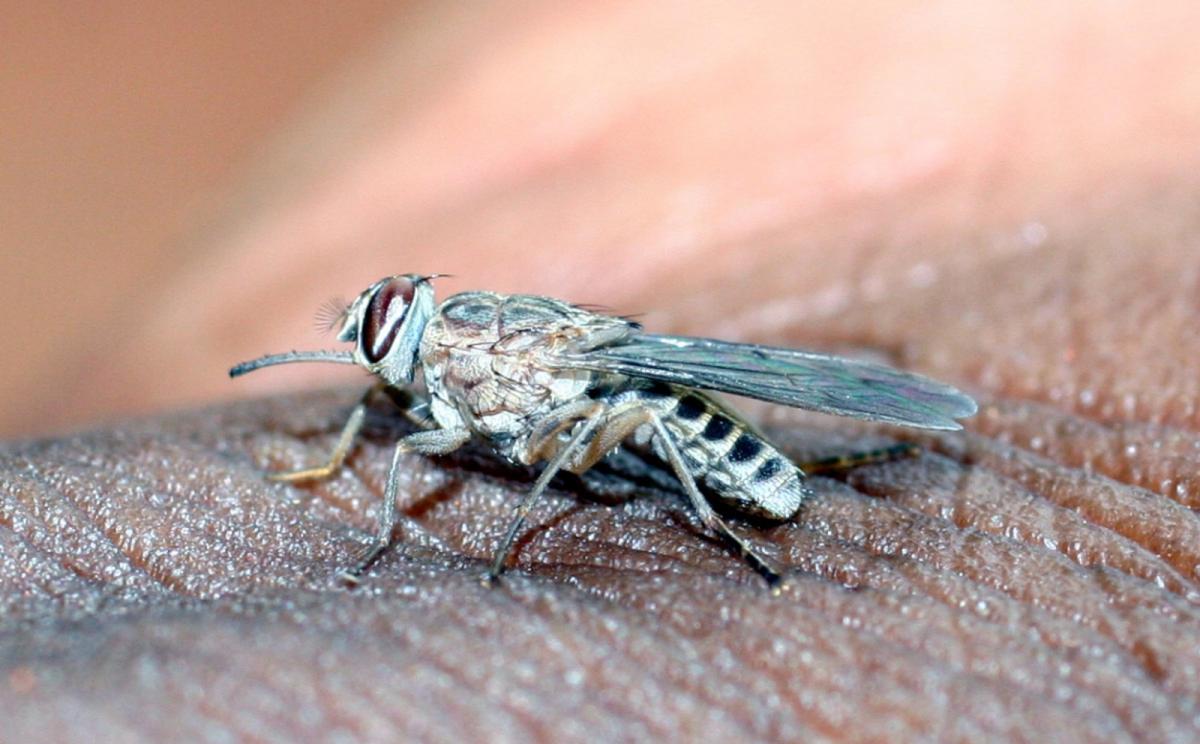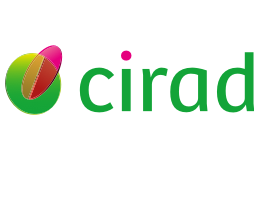- Home
- Worldwide
- CIRAD worldwide
- Projects
- REVOLINC project
Revolutionizing insect control - REVOLINC

Tsetse fly on a human © J. Bouyer, CIRAD
Issues
Certain insect species are a serious threat to territorial health as they devastate crops or carry diseases. There are concerns about using insecticides to control these insects, particularly because of the health and environmental risks they pose.
In a context of epidemics caused by vector mosquitoes, notably dengue and Zika, it is vital to develop more environmentally and health-friendly control methods and tools.
Description
REVOLINC set out to develop new control methods against three model insect pests (tiger mosquitoes, tsetse flies and Mediterranean fruit flies), two of which are currently invading Europe. The project centres on the concept of using sterile male insects, with the aim of boosting the impact of the Sterile Insect Technique (SIT).
SIT currently consists in mass rearing male insects, sterilizing them by radiation and releasing them into the environment, where they compete with their wild, non-sterile counterparts to reproduce, thus making wild females infertile. The REVOLINC project aims to improve the SIT, assuming that the sterile males could also serve to transmit biocides to the females through simple contact, even without mating, which would kill their subsequent progeny. The biocides used would be similar to the juvenile hormone, or specific insect viruses.
Expected impacts
In the short term, the efficacy of the SIT will have been improved and standard sterile male mass rearing and automatic release procedures introduced.
In the long term, insect pest population levels (specifically tiger mosquitoes, tsetse flies and Mediterranean fruit flies) will have been reduced in Europe and Africa.
Contract partners
IRD, FAO-IAEA Insect Pest Control Laboratory
This project has received funding from the European Research Council (ERC) under the European Union's Horizon 2020 and innovation programme (grant agreement N° 682327)























